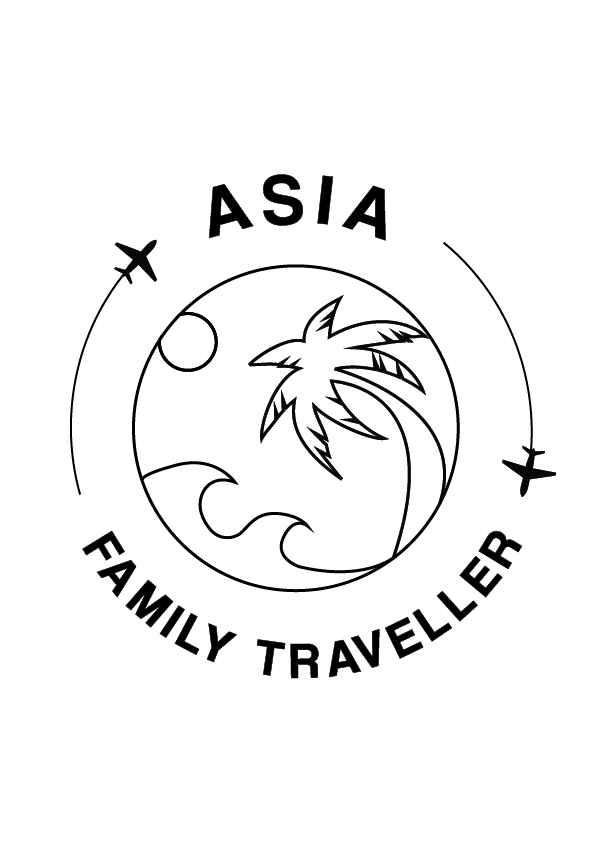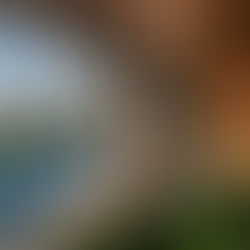Off the beaten track in Mauritius
- Asia Family Traveller

- Mar 5, 2024
- 6 min read
Updated: Jan 30, 2025
There's a whole lot more to this island nation than sand and sunshine, discovers Carolynne Dear

Relax at Le Morne
I landed in Mauritius fairly certain as to how my holiday would pan out. White sandy beaches featured heavily in my mind’s eye, along with turquoise waters and picturesque palms. Beyond that, my thoughts had not drifted much further.
The trip was a last-minute booking after an invitation that had dropped into my inbox one morning from a friend, wondering if I’d like to escape the grey northern hemisphere winter and join her for a couple of weeks in the southern hemisphere sunshine.
It took me all of 30 seconds to make my decision.
A couple of weeks later, I disembarked my Emirates flight groggy and jet-lagged; the trip had involved a change of planes in Dubai, the final flight a six-hour push over the Indian Ocean, past the alternative tropical island hotspots of Maldives, Seychelles and Sri Lanka, and on. Ever south we motored, until finally descending late in the evening into Sir Seewoosagur Ramgoolam airport in the southeast of the island.
My final destination was a water-front villa at a complex in Black River in the southwest, a reasonably substantial two-hour drive from the airport.

On the water at Black River
However, all seemed worth the slog the following morning as I was greeted with breakfast on a shaded verandah overlooking a winding lagoon. The sleepless, endless flight became a distant memory as I sipped my coffee watching fishing boats and pleasure craft slip through the bustling waterway and out to the sparkling ocean.
So far, so idyllic, and I would have been quite content to spend the day investigating the complex’s resort pools, but my hostess had other plans. There is, she informed me, so much more to Mauritius than sun loungers and sunset cocktails.
Our first port of call was Le Morne peninsula. If you’re looking for highly instagrammable powdery white sand and turquoise waters, Le Morne has it (quite literally) in spades and the area is home to a number of secluded, high-end resorts.
The long stretch of picture-perfect beach along this idyllic peninsula is dominated by Le Morne Brabant, a monolith that rises dramatically behind the beach strip. More than an arresting photo stop, the mountain is a symbol of resistance to slavery, its precipitous slopes once shelter to runaway slaves. A memorial park at the foot of Le Morne delves into the rather jumbled history of Mauritius.

The islands' famous giant tortoises originally came from Seychelles
The islands - Mauritius, Reunion and Rodrigues - lay largely uninhabited until the 1600s. They were first discovered by Arab sailors in the tenth century and then rediscovered by the Portuguese in the 1500s. But Mauritius was not permanently inhabited until the arrival of the Dutch in the 1600s. The Dutch colony lasted until the early 1700s, during which time the various governors introduced sugarcane and attempted the export of ebony wood. One hundred slaves were initially brought to the island from neighbouring Madagascar but in the first week, 60 of them had escaped into the forests. More slaves were shipped in but by the 1650s, the permanent population was still only around 100 people. Pirates, cyclones and bad harvests made living tough and the Dutch eventually abandoned Mauritius in 1710.
In 1715 a French explorer took possession of Mauritius in passing on his way to India. The islands became a French colony and slaves were brought in from Madagascar, Mozambique and Zanzibar, pushing the population to around 50,000 by the late 1700s, with slaves accounting for around 80% of this total.
In 1810, Mauritius was captured by the British during the Napoleonic wars and the islands remained under British control until 1968. Slavery was eventually banned in 1835, the last of Britain’s colonies to do so. To fill the gap that the slaves left, cheap replacement labour for the intensive sugar plantations was imported from India.
Today, Mauritius is a rich mix of cultures, with Mauritian Creoles tracing their ancestry to the plantation owners and slaves and Indo-Mauritians descended from the sugarcane labourers.
French and English are the de facto official languages, although French often takes precedence in cafes, shops and restaurants. The almost indecently large local Super U hypermarket in Black River was stacked with French products.
If you can drag yourself away from the silky sands of Mauritius' stunning beaches, the island’s interior is not to be missed. Think rivers and ravines, sugar plantations and colonial mansions, plunging waterfalls and towering mountains. Hiking opportunities abound.

Pressing sugarcane at Chamarel
One sunny morning we drove up to the rum distillery at Chamarel. The Mauritian climate enables the production of some of the finest sugarcane in the world and a number of plantations around the island distil the fresh-pressed cane into fine rum. The Chamarel ‘rhumerie’ is one of the most recent to open - the 220 hectare domain of mainly sugarcane (and some pineapple) was bought by the Couacaud family in the 1990s and a distillery built from scratch exclusively for the production of small-batch cane rum. It’s an impressive facility that you can walk around either alone or with a guide. Obviously no trip to a rhumerie is complete without a tasting or two (if, like me, you’re not a spirit drinker, the rum certainly blows the cobwebs away) and we followed up the tasting with a rum-inspired lunch on the sunny terrace.
On another day we returned to Chamarel to view the famous 7 Coloured Earth geopark. The naturally occurring coloured earth, weathered over thousands of years to seven distinct shades, is an arresting sight.
The country’s famous giant tortoises can also be seen in the park. Not native to Mauritius, these land-loving reptiles were introduced from the Seychelles by Charles Darwin 150 years ago. It was incredible to reflect that the 100+ year old tortoise ambling around on the grass before us could have crossed paths with Darwin himself.

Sunset at Le Morne
The days were as varied as the terrain. We hiked to the sound of birdsong and chattering monkeys in Black River Gorges national park, we kayaked along lagoons and out to the ocean to see dolphins, we lost ourselves rummaging for local wares in beautiful boutiques and we sipped morning lattes in local villages, chickens pecking in the dust at our feet.
Of course a highlight of any trip is the food and Mauritius didn’t disappoint. Thanks to the island’s hotpot of cultures, we tucked into delicious African and Indian-inspired dishes and plenty of fresh fish and seafood, all presented with a dash of French flair. One of my favourite memories is of a simple fish curry lunch with a chilled glass of South African white by the beach at The Bay Guest House, a hidden gem of a restaurant at the end of a single-track laneway in La Preneuse.
As it turned out, I left Mauritius with a lot more than a tan. Memories of its stunning interior, warm ocean waters and fascinating history will last me right through the grey northern hemisphere winter.
Asia Family Traveller visited Mauritius in October and flew with Emirates via Dubai.
Where to stay
Lux Grand Baie Mauritius (Grand Baie)
This boutique-style resort opened in Grand Baie in the far north of Mauritius in 2021. The Kelly Hoppen-designed property boasts junior suites, two-bedroom pool residences and two, three-bedroom pool penthouses with private pool, kitchen and entertainment terraces.
A kids’ club keeps littlies between three and 12 years old entertained with gardening projects, gelato-making, junior yoga and more. Older teens can head to Studio 17 with its vintage arcade games and DJ deck. Add a spa, fitness area and multiple dining spaces into the mix and Lux Grand Baie equals an ideal destination for families.
Anantara Iko Mauritius Resort (La Cambruse)
Tucked away in the southeastern corner of the island is Anantara Iko Mauritius Resort. The five-star property sits surrounded by sugarcane and 100m back from La Cambuse beach and the pristine waters of Blue Bay Marine Park. Deserted white sand beaches are just a walk or cycle away through the casuarina forest. The hotel’s ozone-based infinity pool overlooks the ocean and guests can take advantage of free-to-use see-through kayaks, paddle boards and mountain bikes. Guided tours to nearby Mahebourg are available, as well as nature trails through La Vallee de Ferney. For all its seclusion, the resort is just 15 minutes from the airport.
JW Marriott Mauritius Resort (Le Morne)
Located in a former sugar baron’s house, this sumptuous resort sits by the white sands of Le Morne. Le Morne is the best spot on the island for kitesurfing and JW Marriott was the first hotel in Mauritius to start a kite-surfing club. Electric bikes are also available to guests and back at the property there’s a private cinema, 24-hour gym and spa. Rooms come with a butler; the elegant, colonial-style accommodation includes 172 sea-facing residences as well as Beachfront Balcony Grand Suites and Manor House Spa Suites complete with four-poster beds.
Read more stories like this by signing up for our FREE weekly newsletter, straight to your inbox and packed with Hong Kong and Asia news, holiday inspiration, resort reviews and giveaways.



















Comments